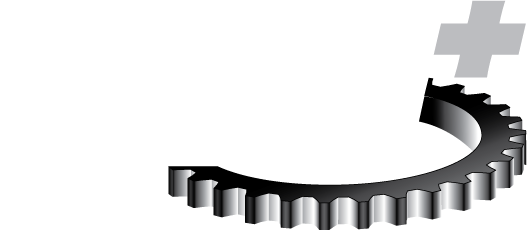
Basics of Gear Manufacturing
This course provides gear novices with a general understanding of gear manufacturing processes and techniques. The pros and cons of each technique are addressed with respect to material and heat treatment specification as well as ultimate gear-train performance. Inspection techniques including how to read gear measurement and inspection charts are also covered.
Learning Objectives
By completing this course, you will be able to identify, recognize or articulate:
- Common processes and techniques associated with gear manufacturing
- Reasons one would select a specific manufacturing process over another
- Basic interrelation of manufacturing technique to material specification and heat treatment
- Cause and effect of those decisions on the final performance of the gear-train
- Aspects of processing that most effect the quality of the gear mesh
- Various manufacturing processes and inspection techniques commonly used in industry
- How to read and interpret gear measurement and inspection charts
Who Should Attend
The intended audience for this course is individuals with little or no previous experience in gear systems or gear manufacturing techniques. Engineers new to the field of gearing, gear manufacturing, sales and marketing people responsible for interacting with gear engineers, component suppliers, and vehicle platform powertrain development specialists who have not been previously involved in gear system specification or design will benefit from this course.
Prerequisites
Learners should have an undergraduate engineering degree or related technical background. Some experience with manufacturing systems is helpful.
Topics
- Hobbing
- Shaping
- Milling
- Broaching
- Grinding
- Lapping
- Shot peening
- Inspection techniques and charts
